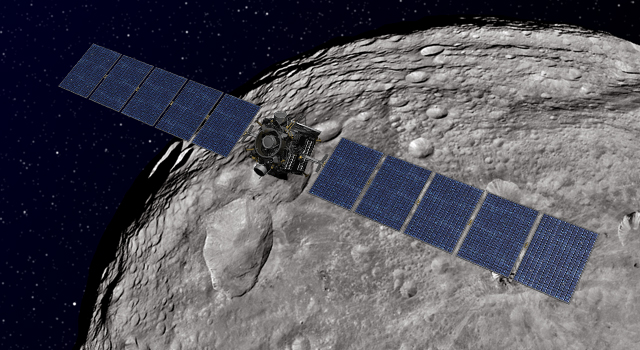Slice of History: Scanning Electron Microscope
Thursday, May 10th, 2012
Each month in “Slice of History” we feature a historical photo from the JPL Archives. See more historical photos and explore the JPL Archives at https://beacon.jpl.nasa.gov/.

Scanning Electron Microscope — Photograph Number 354-1043B
In late 1967, this Stereoscan Mark VI scanning electron microscope (SEM) was delivered to NASA’s Jet Propulsion Laboratory by the Cambridge Instrument Company. They were in high demand at the time, and JPL had to wait nearly a year between placing the order and delivery. It was used by the Electronic Parts Engineering Section Failure Analysis Laboratory to examine microcircuits for defects. Other possible uses were for the study of metals and other materials, and to examine spores for the Capsule Sterilization Program. It used an electron beam to scan the specimen rather than visible light, at a magnification of 20X to 50,000X. The camera on the front right side could be used to record the images.
This post was written for “Historical Photo of the Month,” a blog by Julie Cooper of JPL’s Library and Archives Group.





















